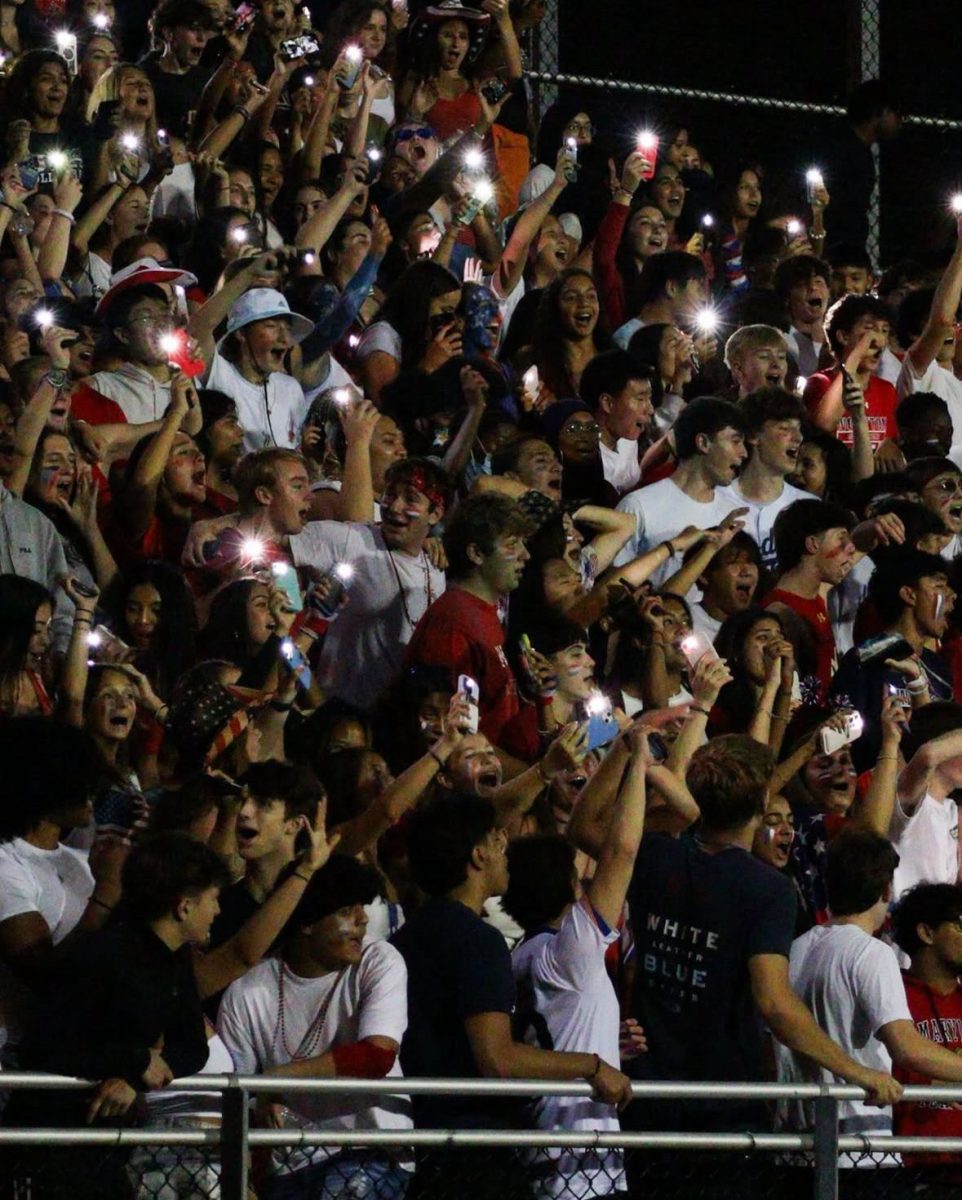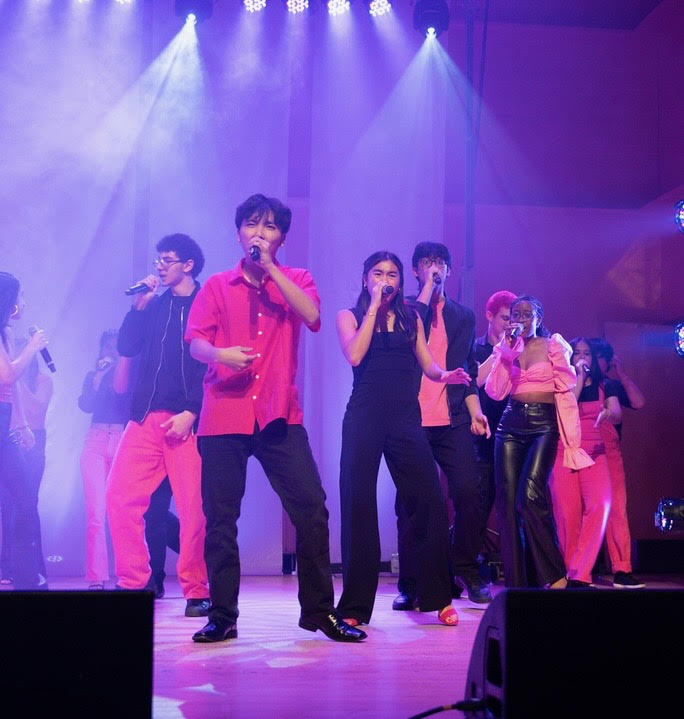Has the time arrived for high school student-athletes to be paid?
In the past, it was the policy of schools that professional athletes could be paid but not high school athletes. In spirit, these policies were created to protect the athlete from financial exploitation while prioritizing their focus on education rather than income. This all changed in late 2022 when the Maryland Public Secondary Schools Athletic Association permitted high school athletes to make money from their name, image, or likeness (NIL). This policy change is new and up for debate.
There are numerous arguments in favor of allowing high school athletes to be paid. One of these arguments is that schools benefit from the dedication that athletes have to their teams. If the school is making money and fans are paying to see the games, then why shouldn’t the athlete be paid the same as a part-time after-school job?
Another argument in favor of student-athletes being paid is that the experience provides a real-life benefit in meeting professional businesses and managing income. If a student left school at 3 p.m. and worked four hours in a part-time job, they could be paid up to 20 hours weekly and benefit from real-world experiences of working in a business. Allowing student-athletes to be paid would be similar to allowing non-athletic students to work part-time.
Allowing high school athletes to financially benefit from their names and images would help create a brand that increases their odds of receiving scholarships. A local high school volleyball player is now being paid to allow businesses to use her name, images or likeness in their advertising. Alexis Ewing, a student-athlete at Bullis, was one of the first athletes in Maryland to sign a NIL deal. Ewing said, “It’s helped me grow my brand and get to know other people in the sports world,” according to Capital News Service.
Opponents are against student-athletes being paid because of their age and potential to be taken advantage of. Junior Jennifer Miranda said, “ It’s not like the pictures are used for commercial advertisement, they’re used to bring students to cheer for the players.”
Senior Catherine Clark disagrees. She said, “The athletes could gain real experiences by being paid all while doing what they love in a safe high school environment.”
The main argument is that children under 18 have not fully developed mentally and should focus on school and learning rather than image and money. Student-athletes being paid off playing sports could result in greediness, growing up quickly without preparation for problems associated with public image and financial gain. For example, a local business could take advantage of a young athlete and have them sign a NIL contract that could harm them in the future.
There are no easy answers to this controversial subject. High school athletes should be free to pursue financial opportunities because they work hard to prepare for sports. However, receiving income could take away from their focus.


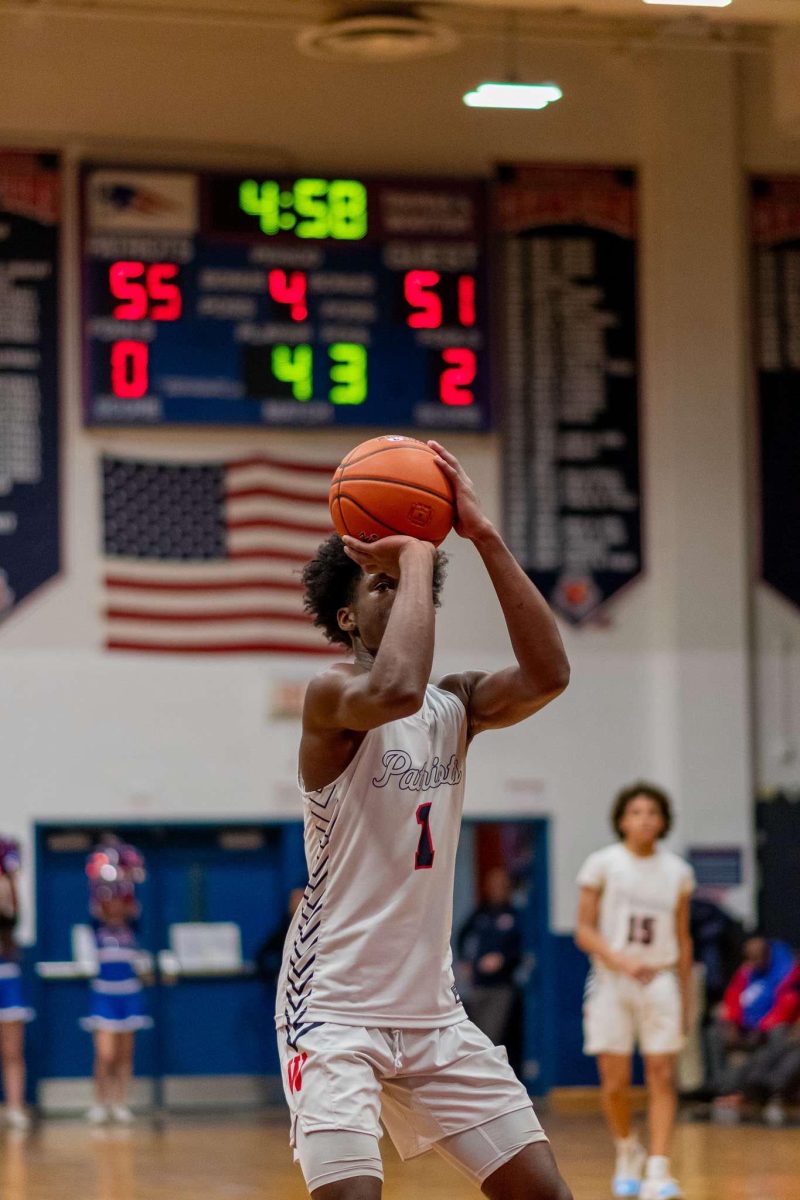
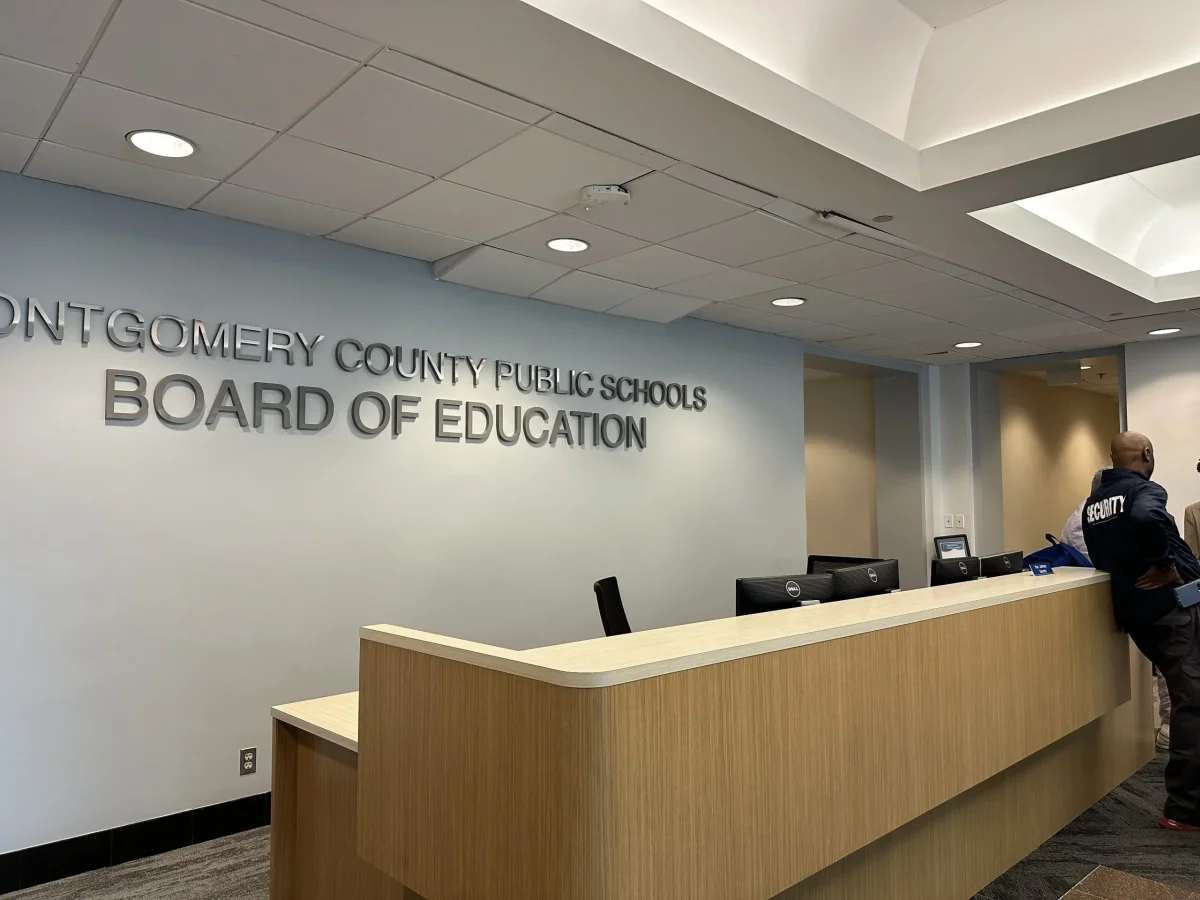
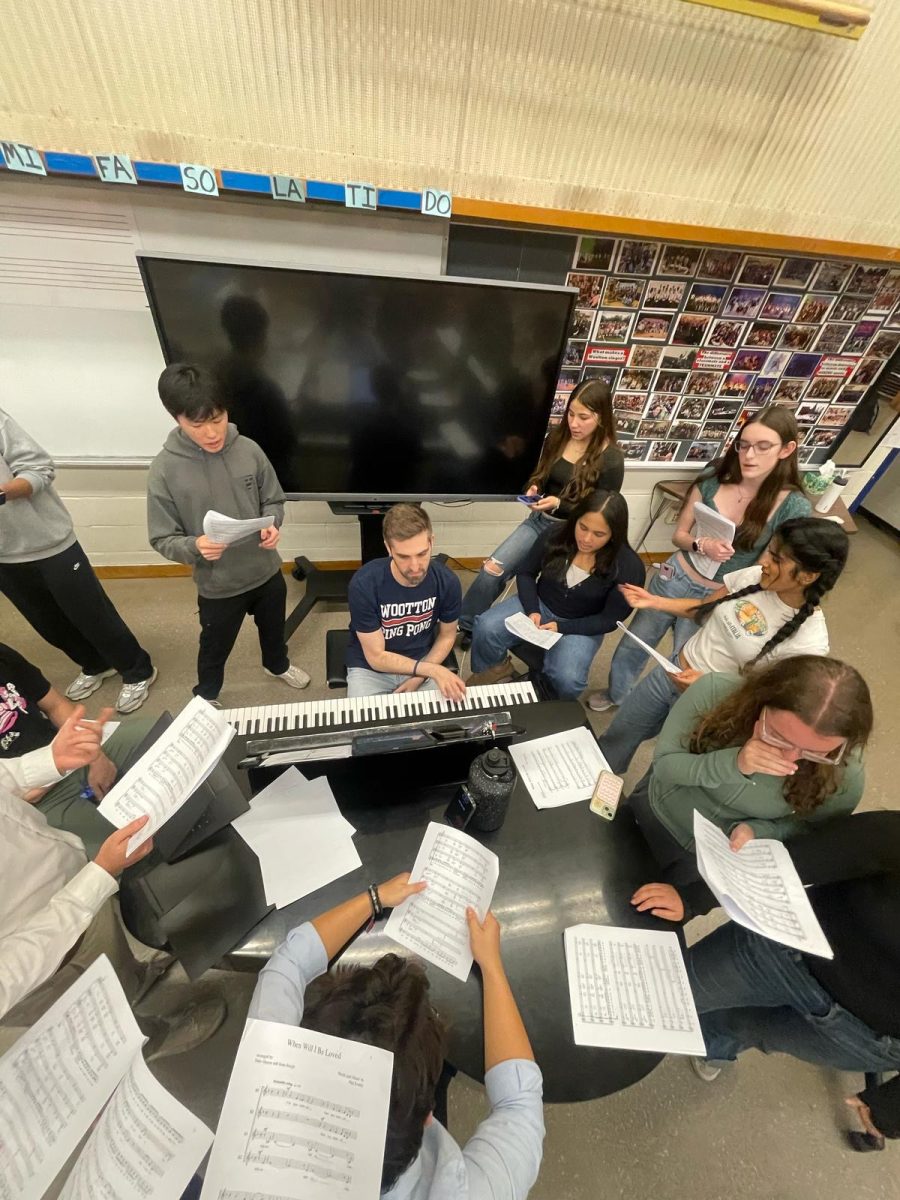
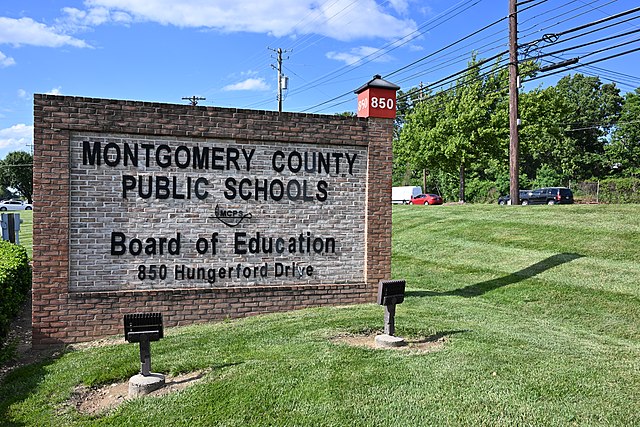
![The 2025-2026 Editorial Board Alex Grainger, Cameron Cowen, Helen Manolis, Emory Scofield, Ahmed Ibrahim, Rebekah Buchman, Marley Hoffman, Hayley Gottesman, Pragna Pothakamuri and Natalie Pak (Chase Dolan not pictured) respond to the new MCPS grading policy. “When something that used to be easy suddenly becomes harder, it can turn [students’] mindset negative, whereas making something easier usually has a better impact. I think that’s where a lot of the pushback comes from. But if you put emotions aside, I do think this change could help build stronger work ethic,” Ibrahim said.](https://woottoncommonsense.com/wp-content/uploads/2025/09/fqr5bskTXpn0LRQMmKErLuNKdQYBlL726cFXBaWF-1200x900.jpg)
